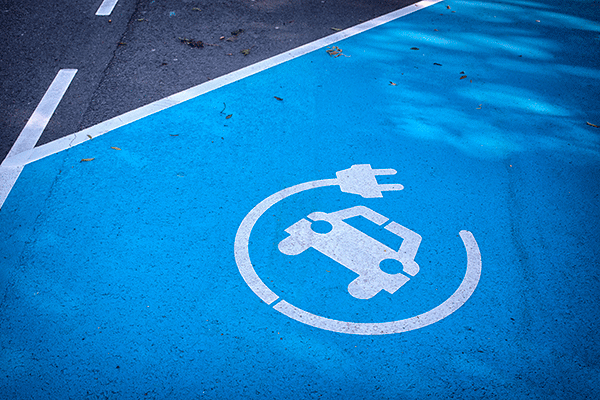By: Timothy H. Dixon, University of South Florida
 This summer I worked on the Greenland ice sheet, part of a scientific experiment to study surface melting and its contribution to Greenland’s accelerating ice losses. By virtue of its size, elevation and currently frozen state, Greenland has the potential to cause large and rapid increases to sea level as it melts.
This summer I worked on the Greenland ice sheet, part of a scientific experiment to study surface melting and its contribution to Greenland’s accelerating ice losses. By virtue of its size, elevation and currently frozen state, Greenland has the potential to cause large and rapid increases to sea level as it melts.
When I returned, a nonscientist friend asked me what the research showed about future sea level rise. He was disappointed that I couldn’t say anything definite, since it will take several years to analyze the data. This kind of time lag is common in science, but it can make communicating the issues difficult. That’s especially true for climate change, where decades of data collection may be required to see trends.
A recent draft report on climate change by federal scientists exploits data captured over many decades to assess recent changes, and warns of a dire future if we don’t change our ways. Yet few countries are aggressively reducing their emissions in a way scientists say are needed to avoid the dangers of climate change.
While this lack of progress dismays people, it’s actually understandable. Human beings have evolved to focus on immediate threats. We have a tough time dealing with risks that have time lags of decades or even centuries. As a geoscientist, I’m used to thinking on much longer time scales, but I recognize that most people are not. I see several kinds of time lags associated with climate change debates. It’s important to understand these time lags and how they interact if we hope to make progress.


 In an effort to expand South Australia’s renewable energy supply, the state has looked to business magnate Elon Musk to build the
In an effort to expand South Australia’s renewable energy supply, the state has looked to business magnate Elon Musk to build the  In an effort to develop a more affordable, plentiful alternative to lithium-ion batteries, researchers from Purdue University are pursuing rechargeable potassium based batteries, demonstrating a way to derive carbon for battery electrodes from old tires.
In an effort to develop a more affordable, plentiful alternative to lithium-ion batteries, researchers from Purdue University are pursuing rechargeable potassium based batteries, demonstrating a way to derive carbon for battery electrodes from old tires. Using energy stored in the batteries of electric vehicles to power large buildings not only provides electricity for the building, but also increases the lifespan of the vehicle batteries, new research shows.
Using energy stored in the batteries of electric vehicles to power large buildings not only provides electricity for the building, but also increases the lifespan of the vehicle batteries, new research shows. A new development in electrolyte chemistry, led by ECS member
A new development in electrolyte chemistry, led by ECS member 